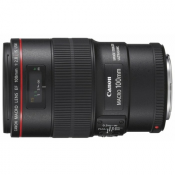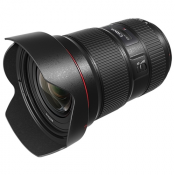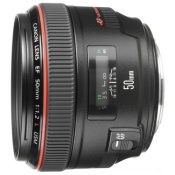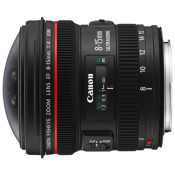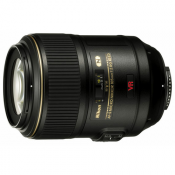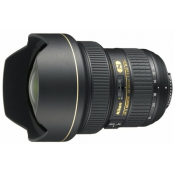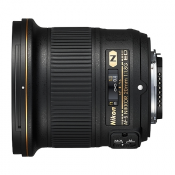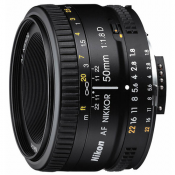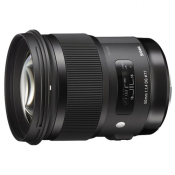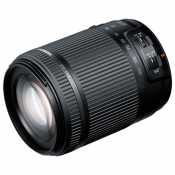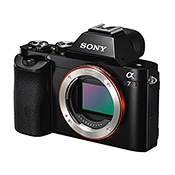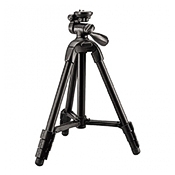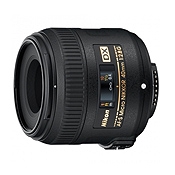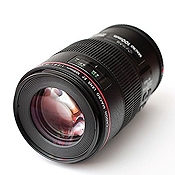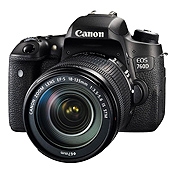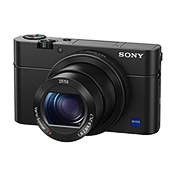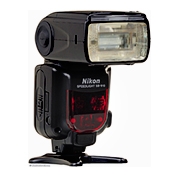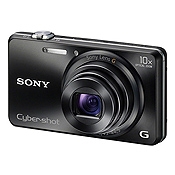Canon EF 35mm f / 1.4L II USM
Short review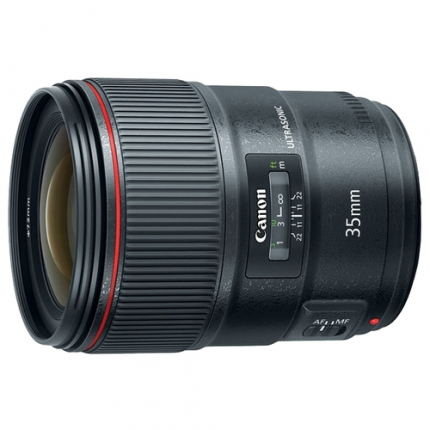
Selected in the rating
12
Best rating
lenses
Autofocus - For Canon - Type: Wide Angle
Buy Canon EF 35mm f / 1.4L II USM
Canon EF 35mm f / 1.4L II USM Specifications
Yandex.Market data
| Main characteristics | |
| Lens type | wide-angle |
| Focal length | 35 mm |
| Diaphragm | F1.40 |
| Minimum aperture | F22 |
| Mount | Canon EF |
| Auto focus | there is |
| Design | |
| Number of elements / groups of elements | 14 / 11 |
| Number of aspherical elements | 2 |
| Number of low dispersed elements | 1 |
| Aperture blades | 9 |
| Dimensions (D x L) | 80 x 106 mm |
| Weight | 760 g |
| Shooting options | |
| Closest focusing distance | 0.28 m |
| Additional Information | |
| Ultrasonic motor | there is |
| Filter thread diameter | 72 mm |
Opinions from the Canon EF 35mm f / 1.4L II USM
Yandex.Market data
Advantages:
So! He focuses faster!) If he became sharper from a bit, maybe everything was super there) At the moment, I couldn't do aberations at all, I was shooting against the light and so on, I was waiting for sunny weather to dilute this glass on aberrations - their no! Because of this, the background became smoother and more delicate.In the dark, it focuses better than my first 35Klevo, which left the thread 72mm
Disadvantages:
Became heavier by more than 200g and longer by several cm Became expensive as much as two) maybe I don’t know well) There is nothing to complain about, the glass behaves flawlessly
Comment:
If you have money for this lens - take it. If not, the first 35k is an excellent choice and you shouldn't bother. The changes are not significant, the objective is rather to calm the soul or inner ego.
December 7, 2015, Moscow
Advantages:
35mm - ideal focal length; can be used as a staff in 90% of cases. High resolution over the entire field, ABSOLUTELY WORKING with f / 1.4, no chromatism. A little more convenient, in comparison with 35L1, hood, cover.
Disadvantages:
lack of chromatism - oddly enough. Almost dull picture to perfection. Longer and heavier than the first version, the weight distribution is broken, it looks like some kind of cheap zoom :)
Comment:
In the first version (two copies of which I used for 9 years), I liked coloring the picture in the out-of-focus area. the optical deficiency played a positive role. In general, I liked the drawing. In the new version of the "drawing", it is not particularly visible. Because "drawing" is a combination of optical aberration manifestations :) However, it's silly to scold for good;) I don't know about 300 / 2.8L2 and longer, but for focal lengths less than 200mm (in the Kenon version) the new 35L2 is an absolute champion in resolution. Another question is whether these "lines per mm" are needed ... Astrophotographers need them, for example. My guess is: - Creative photographers hardly care about headroom resolution. The beauty of the picture, the speed of the autofocus, and reliability are more important to them. 35L1 will play great here - for technical photography (subject, astrophoto), which does not impose requirements for autofocus, an excellent choice would be Sigma Art 35 / 1.4 - which costs 2.5 times cheaper than L2 - if you don’t mind the money and / or you just want the best, this is 35L2 ... The lens with the worst price-performance ratio :)
March 30, 2016, Moscow
Advantages:
Ultrasonic, everything is clear, quiet and fast, top series "not for everyone", mrf 0.28, no aberrations and errors with the correct setup, crazy detailing even at open aperture, appearance, build quality, cool cool hood included.
Disadvantages:
Price. Although ... If photography does not bring you money, there is absolutely no point in taking such glass, except perhaps to pull up in front of your friends. There are analogs, for example, the first series, or the same fr, but in a lower class, f / 2 for example. I did not reveal any flaws in the design and quality of the images obtained.
Comment:
I own this beauty since December of that year. Carcass - penny mark 3. What can I say. Glass for all occasions. In theory, more is not needed, a tower for the classics. Ideal for staff, events, landscapes, architecture.
January 27, 2018, Moscow
Advantages:
Liberty. This is real freedom. Working f1.4 allows you to easily shoot indoors without a flash, even in backlight, and in general, whatever you like. Portraits, landscapes and even macro is possible in principle (due to the excellent resolution). I will not even remember about the absence of chromaticity. She's not there, you don't even have to search. And the most important advantage, if we talk about the landscape, is that in 99% of cases, the output is exactly what you see with your eyes. Magic.
Disadvantages:
Probably a plastic case. After holding the gentle 85 1.2L, I am very careful with this kind of information. In fact, I think there will be no problems, at least not more than with other L. Weight? After 1.5kg 70-200 2.8 ii is ridiculous. There are also 16-35 ii - this one is easier in terms of performance, but the difference on the carcass is not noticeable, it is even possible that the 35th gives a more correct weight distribution. And all the layouts to the fact that it is necessary to go to iii, and there is parity in weight. Vignette? There is one for 1.4-3.5. Healed in dpp4 with one click profile. The back-front focus test failed. I had to add a small correction to the carcass (-2).
Comment:
Drew attention to this lens by looking at a branch on one photo forum. Hooked. I thought, weighed (see plastic, price). As a result, the desire to have a high-aperture fix in the collection overpowered. The spell works: all amateur photographers go from universal lenses to fixes.
8 July 2018, Moscow
Advantages:
- Lack of chromatic aberration, pure color - Aperture ratio - Sharpness, very low percentage of defect in focus - Security - Universal staff
Disadvantages:
- Price - Distortion at the edges of the frame - Indistinct bokeh
Comment:
Having aimed to buy a set of new technology and got hold of the necessary amount, I was choosing between this lens and the 24-70 2.8 II. I didn’t use any other 35s, I realized from the reviews that this lens is much better than the first version and there are no problems with focus, like Sigma has. I have this lens, the only one, I shoot mostly reports in establishments (albeit at 2.5-2.8 for a greater depth of field), glass is ideal for this task. If there is a marriage, it is more likely due to imperfect focusing on 6D or my jambs. There may be occasional blunders in the presence of powerful backlighting (the sun, a spotlight, or a large LED panel shines directly into the lens). The glass is ideal for city and landscape photography, but as a travel lens it is heavy (at least for a fragile girl). Despite the plastic, the reliability of the L-series allows you to use the lens even in the rain, and even if you hit the lens on the floor, nothing was damaged. Chromatics are observed only when shooting at 1.4 directly against the sun, In sunset light, there are no aberrations even at 1.4 (see example of a photo without processing). The color is always clear, not comparable to some 28 1.8 or 85 1.8, where half of the frame is eaten up due to highlights and HA. Sometimes it catches glare, but I even like it, for example, beautiful effects are obtained through stained glass. For portrait, studio photo shoots, the angle is wide, the picture is stretched along the edges of the frame. Therefore, I prefer to place the person in the center and crop the excess in post-processing. And, of course, this lens is not physically purely for fabulous photo shoots with round bricks, the background is distant and the blur is without an obvious pattern. Verdict: a lens for professionals who want to get a high-quality image in any situation and will be able to recoup the amount spent) By the way, it is very profitable to take from the officials if you get to the promotions from Canon.
May 5, 2019, Stavropol
